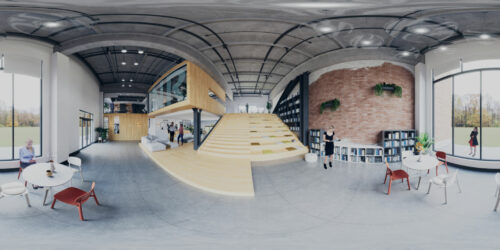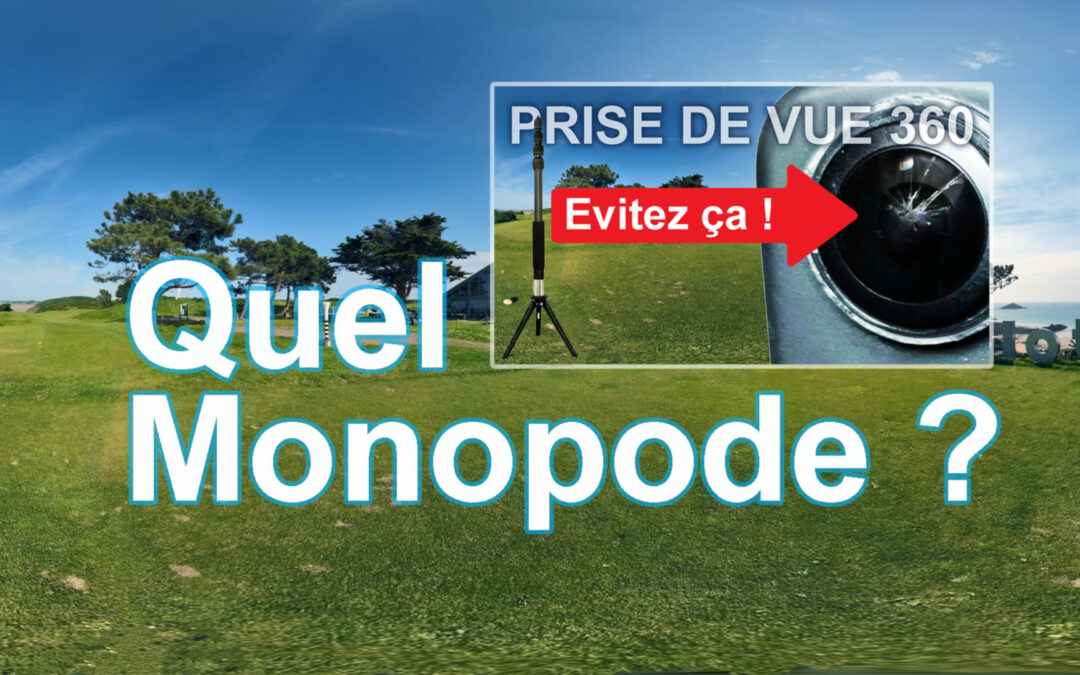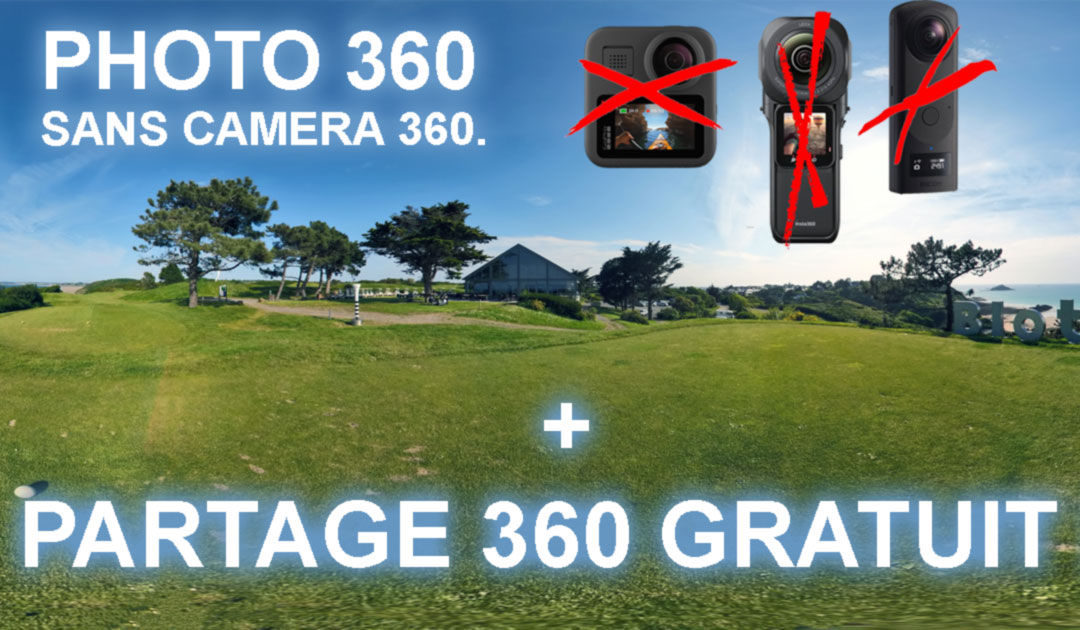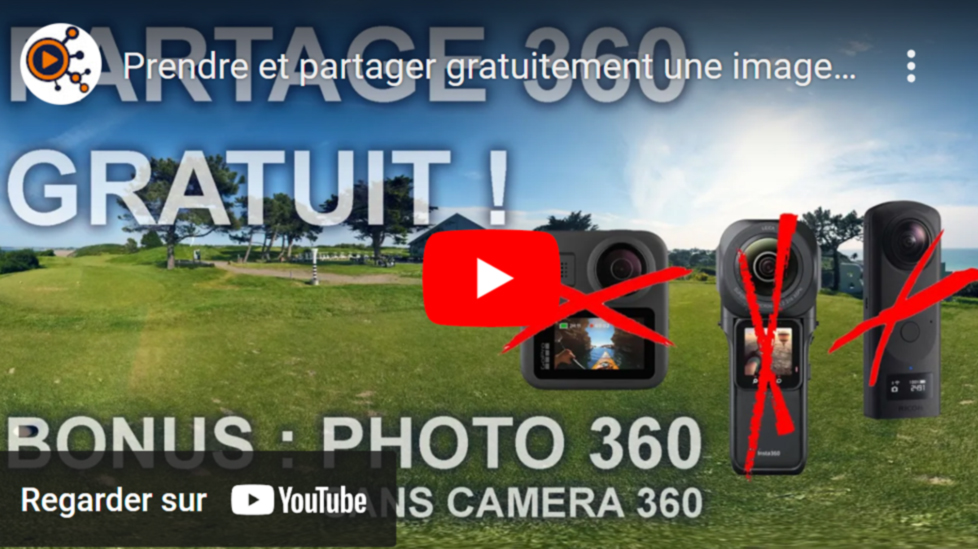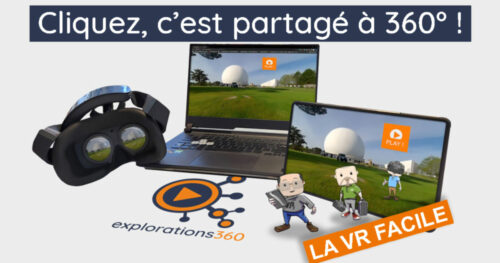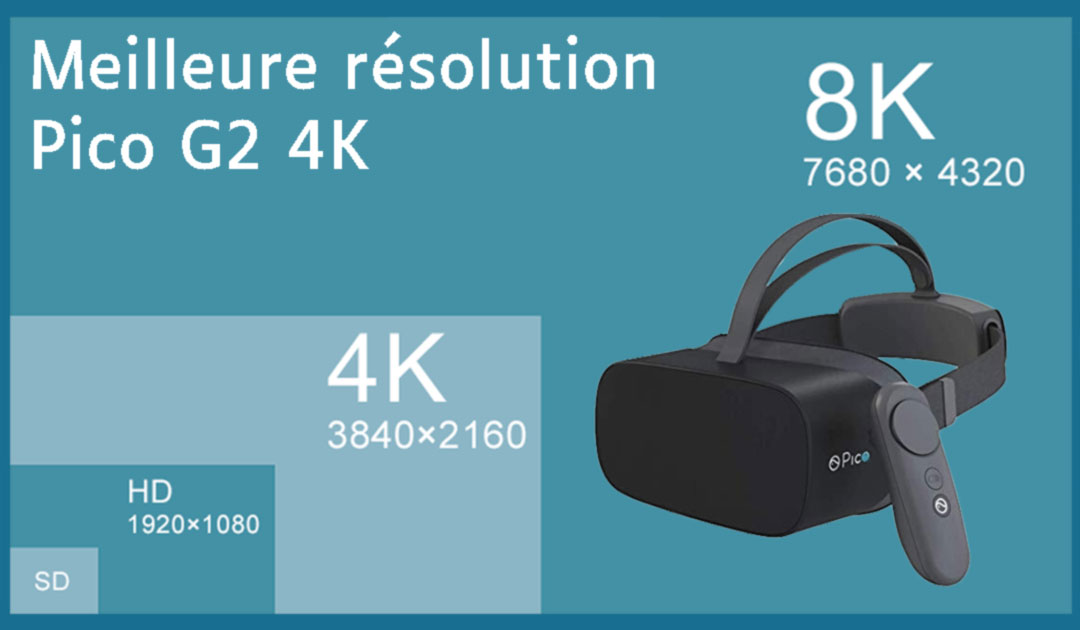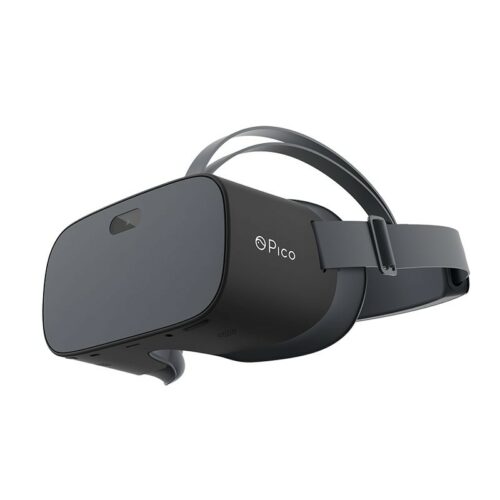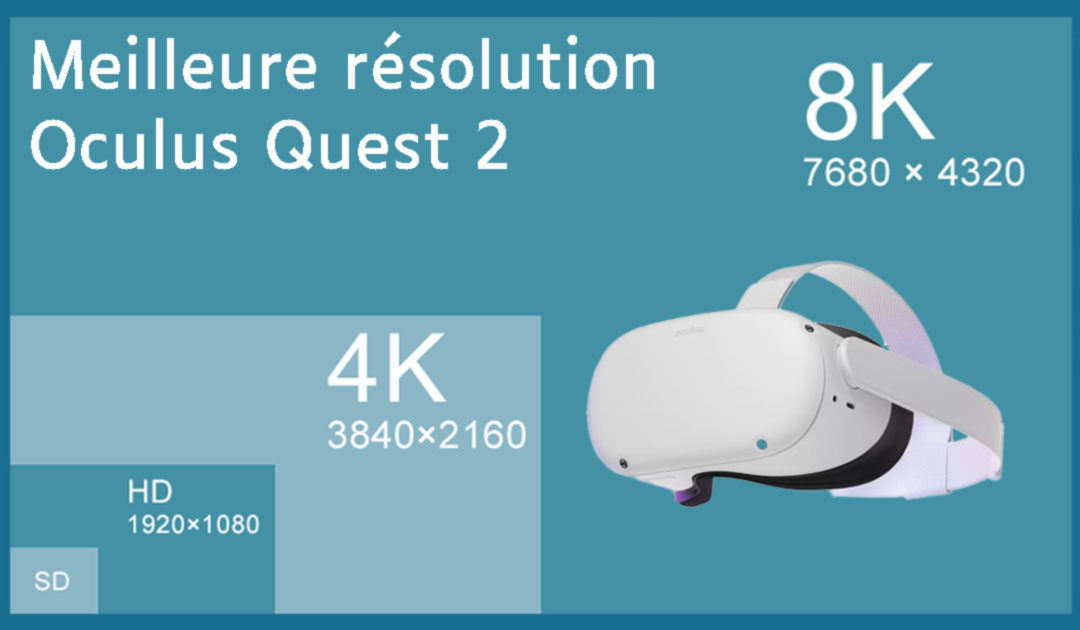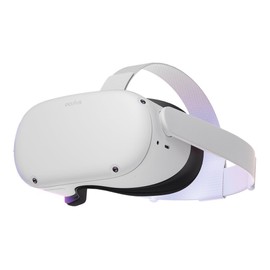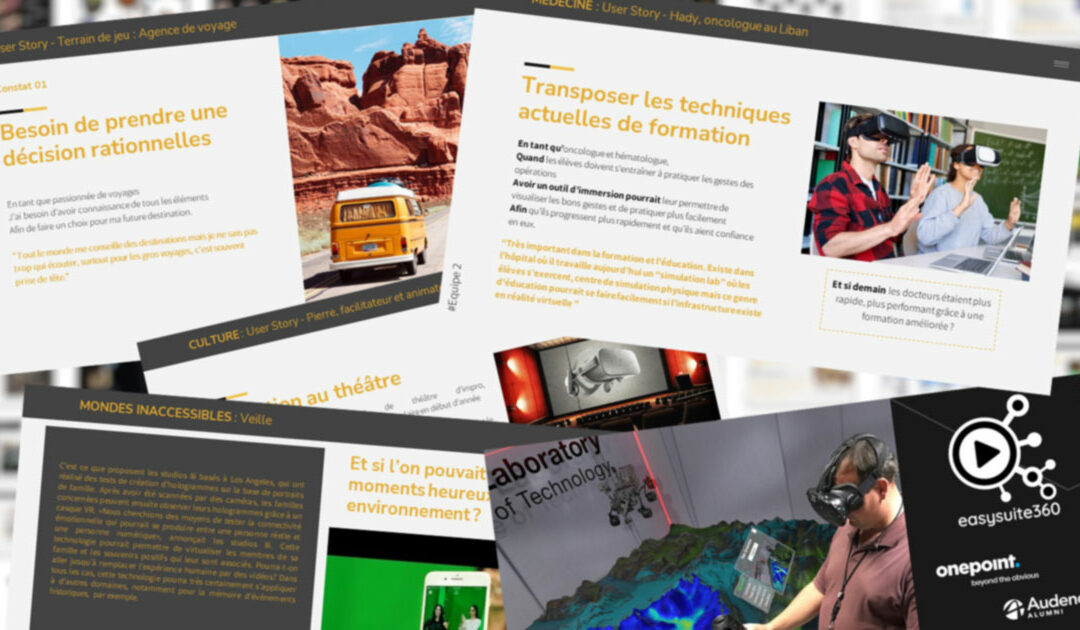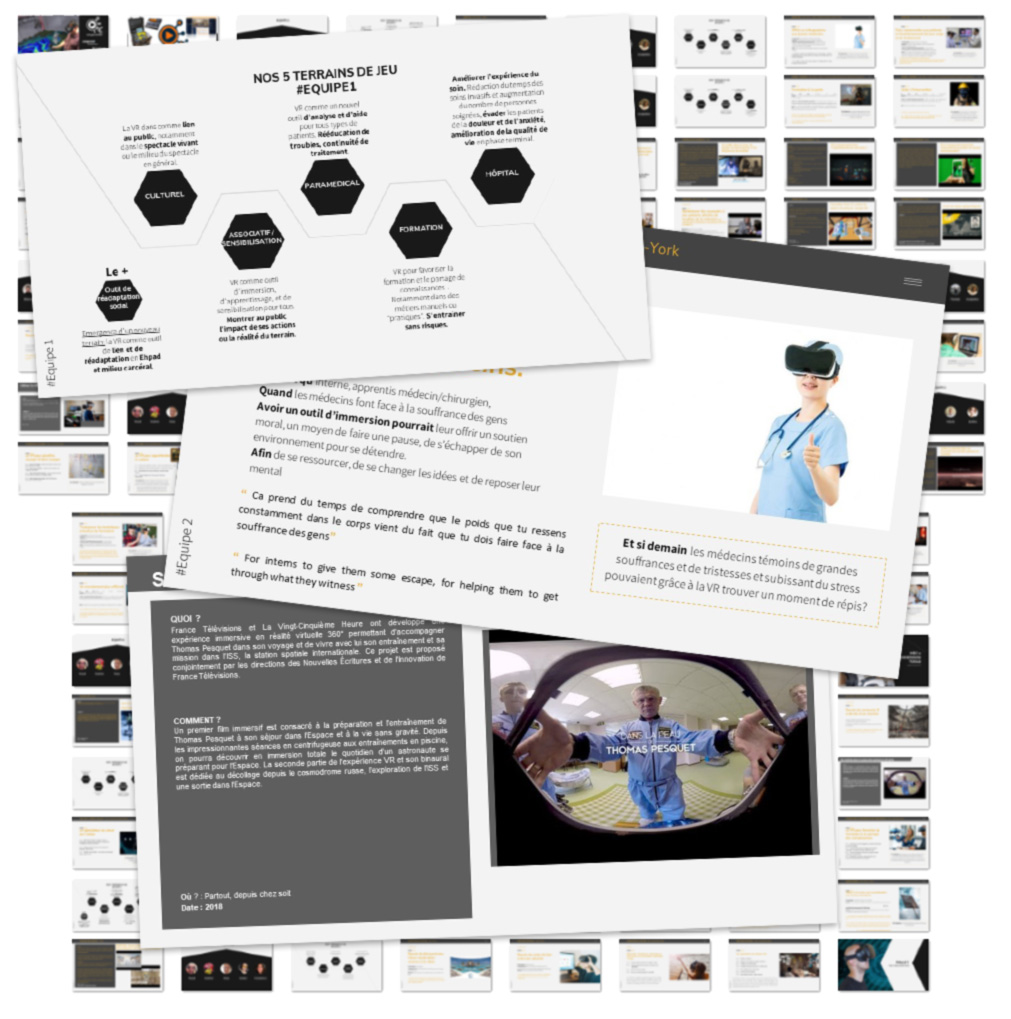
360° image retouching tutorial! The revolution!
360° retouching
Photoshop's new "generative fill" feature unlocks NEW editing capabilities that will take 360 photographers to the next level!
Whether you're a pro or an amateur in VR or 360, this video is for you. It'll save you time! Your tips are welcome in the comments too, of course!
Software used :
Affinity Photo:
https://affinity.serif.com/fr/photo/
Adobe Photoshop Beta:
https://www.adobe.com/fr/products/photoshop.html
If you have any tips or tricks up your sleeve, don't hesitate to leave them as a comment on Youtube, below the video featured in this article. We'll be happy to pass on your tips to the community!
To share your photos or 360° videos for FREE, go to:
https://www.explorations360.com/photo-360-partage-gratuit/
- Definition equirectangular :
In geography, thehe equirectangular projection is widely used to represent the globe on a flat surface. However, due to the distortions introduced by this projection, it is not very suitable for navigation or cadastral maps.In 360° photography and video, it's the same: you can represent a spherical image flat, but distortions bring constraints, especially when it comes to image retouching.

💡 A credo: simplify life for 360° content producers with a universal "NoCode" tool that transforms images or videos into truly interactive immersive experiences!
🏁 My first brand, subOceana, was born in "a" metaverse, in 2007... 👂 And already with this idea: putting technology at the service of meaning and the human.
🏷 I've never really liked labels, headings, categories or other drawers: every community has its own language, every profession its own jargon, and depending on the world you're in or the people you meet, what makes sense 🧑🎓 in one case can turn out to be completely ridiculous 🥳 or outdated in another.
🤩 What I really like: spending hours testing, twisting tools, breaking established habits. Innovating*, not necessarily to make something new, but to make tech invisible and put it at the service of those who need it. Like when you spend time cooking a complicated dish, having in mind the pleasure of simplicity and conviviality 🥂 that will follow.
It's this technological conviviality that I seek to cultivate. And that's what we transmit at explorations360.
🕵♂️🕵♀️👨🚀👩🚀👨🚒👩🚒👷♂️👷♀️👨🎨👩🎨👨💻👩💻 A customer (ours are professionals), who can easily appropriate technology (in this case, virtual reality) and let it take a back seat to the experience and the message, will use it to increase their ability to create, train, communicate, share and inspire their own audience.
Virtual reality must not impress. It must transform.
At explorations360, we help hospitals, manufacturers, cultural players and training organizations to engage their teams, train effectively and pass on knowledge in new ways.
Thanks to a simple yet powerful platform, we have already helped more than 100 organizations create customized immersive experiences:
- Industrial safety courses
- Care habituation for the disabled
- Interactive cultural tours
- Experiential & inclusive tourism
- Immersive training for the food industry
What sets us apart?
- Our integrated production, scripting and support capabilities
We believe that technology should be replaced by the message.
==》You want to transform the way you train, communicate or raise awareness?
Contact me via the form or book an appointment via the DEMO button.
*Innovating: talking 6 months before others about things... that we've been doing for 10 years to general indifference, sometimes tinged with a little mockery 😉


